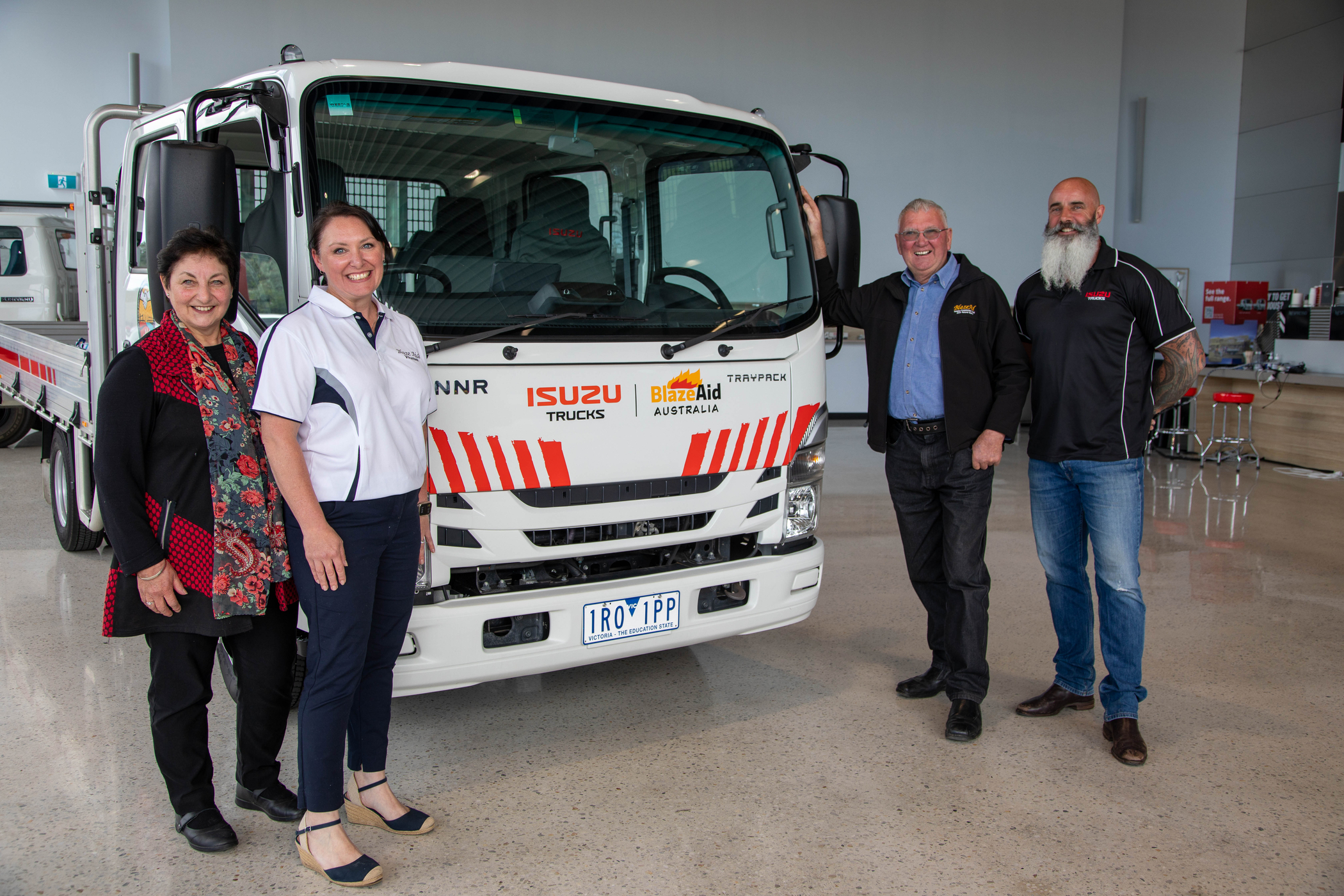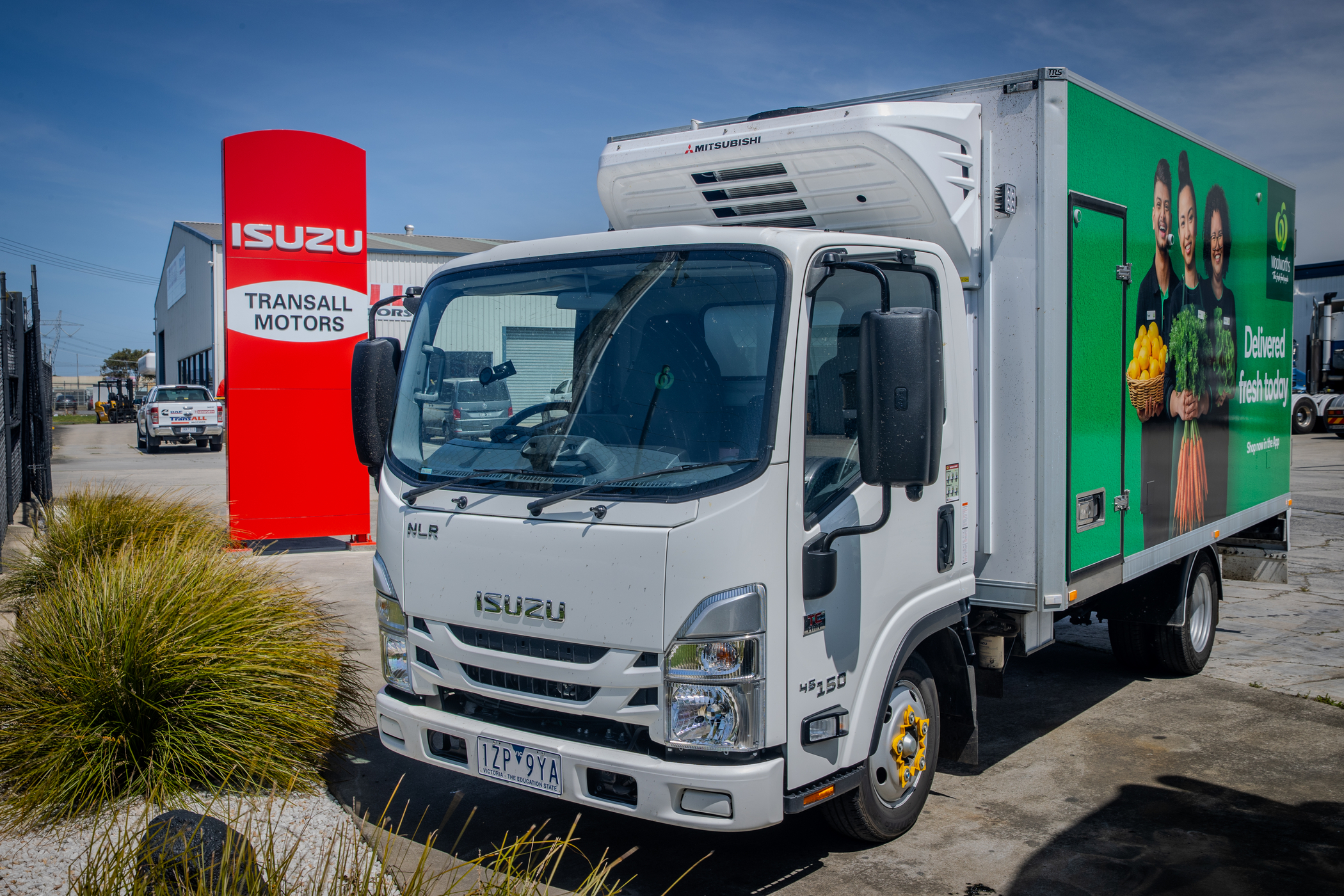GO THE EXTRA MILE: ROAD ETIQUETTE AROUND TRUCKS
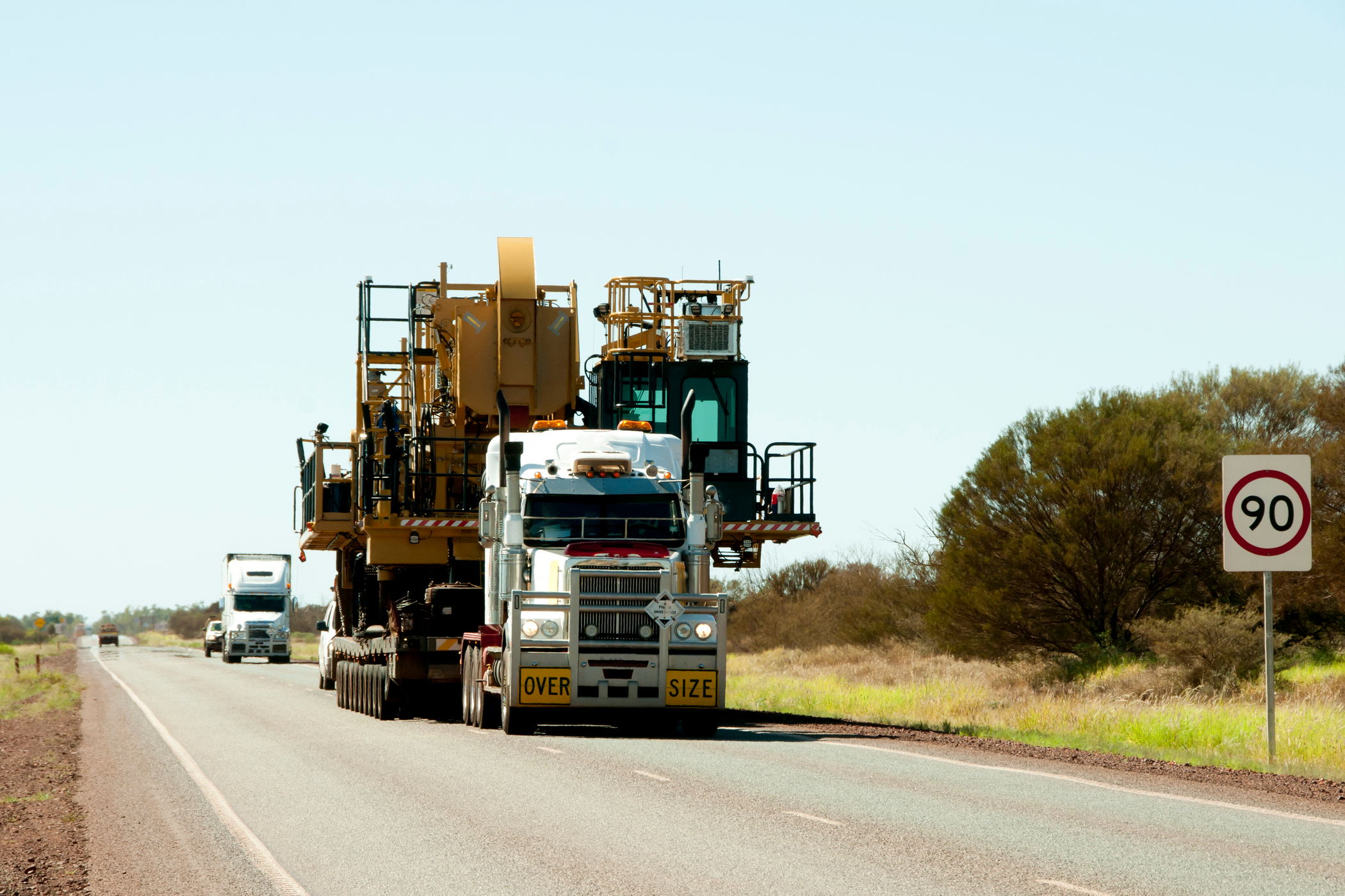
Sharing the road is part and parcel of being a good driver. There are a lot of precautions that drivers of cars can take on Australia’s highways and byways to be considerate of truck drivers and make things on the road a bit easier and a bit safer. Whether you are hitting the highway for a road trip, planning an interstate move, travelling for work or heading to the countryside for the weekend, there will be heavy-duty trucks and oversized vehicles that you need to be aware of and share the road with safely. This blog explores how you can show your appreciation of truck drivers when sharing the road. 
DOS AND DONT’S
Don’t tailgate trucks. Easily said, yet it’s a common mistake made on our roads every day. If you’ve been driving for a while, you may begin experiencing velocitisation, the phenomena where detecting high speeds or changes in speed are reduced due to travelling at a high speed for a long period of time. Leaving ample space behind the truck is a safe and polite way to share the road. For obvious reasons, trucks brake a lot slower than a passenger car, so as a general rule, you should allow at least 200 metres if you’re in a car travelling behind a road train and 60 metres when travelling behind a long vehicle. Do flash your indicator twice if there is room in front of you for a truck to safely merge. This signals to a truck driver that you are aware the truck would like to merge or overtake, and that you are safely letting them do so. Don’t try to overtake a truck unless it’s absolutely safe. If there is no visibility, or only one lane or shared carriage, don’t attempt to pass. Many truck drivers will flash their right-hand indicator to communicate it is safe to overtake. Play it safe and be patient. Overtaking lanes occur regularly on Australian highways to allow cars to safely overtake trucks and slower vehicles. Do thank the truck driver. If a truck driver indicates it’s safe for you to pass, thank them with a two-finger wave (index finger and middle finger) as you overtake. Don’t pull over suddenly on the side of the highway to let a truck pass. Instead, stay on the road in the lefthand lane and use your indicator to signal when it is safe for a truck to pass. Truck cabins have excellent visibility of the road ahead so they will be able to safely assess when it is safe to overtake you. Do stay aware, especially around trucks with escort vehicles. Escort vehicles are required for trucks that are carrying oversized loads, such as farm equipment, water tanks, wind turbines or even houses being relocated. As you approach such a convoy, gradually reduce your speed as these vehicles must drive under the speed limit for safety. They may also be stopping regularly on their pre-determined route, so be aware and alert. If approaching head on, stay towards the left-hand side of the lane or merge into the left lane if you haven't already. 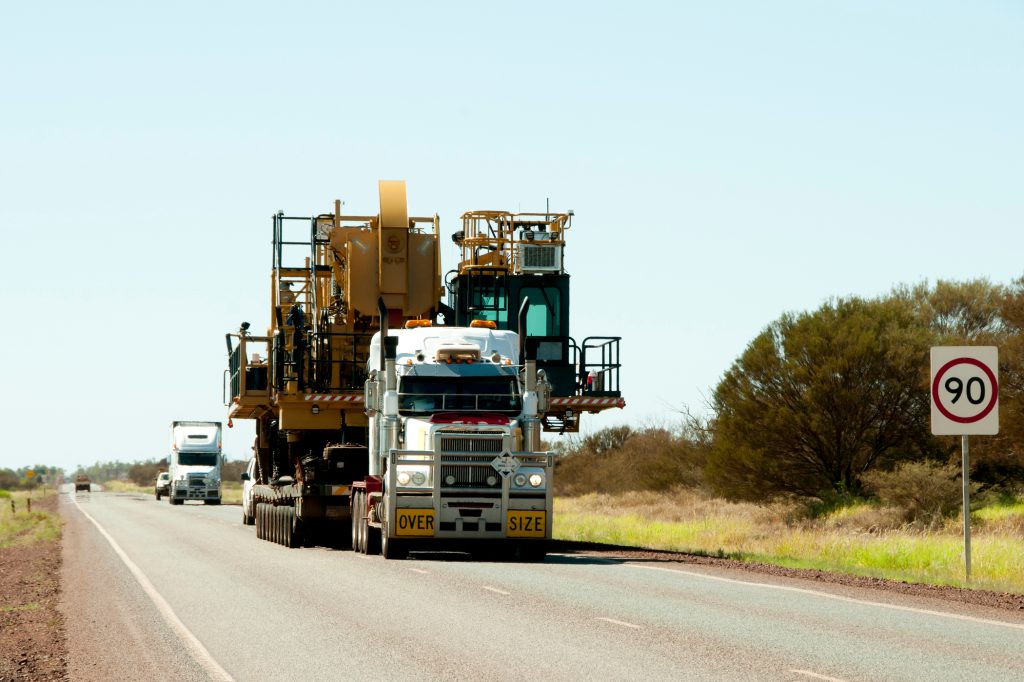
SCHOOL YOURSELF
State governments have dedicated webpages with the latest on road rules and road safety. Road rules change over time and you don’t want to get caught short with a fine, or worse, end up in a road accident from ignorance. These webpages aren't just for teens learning to drive. There is always something experienced drivers can brush-up on whether they have been on the road for donkey’s years or heading interstate where the road rules may be different. 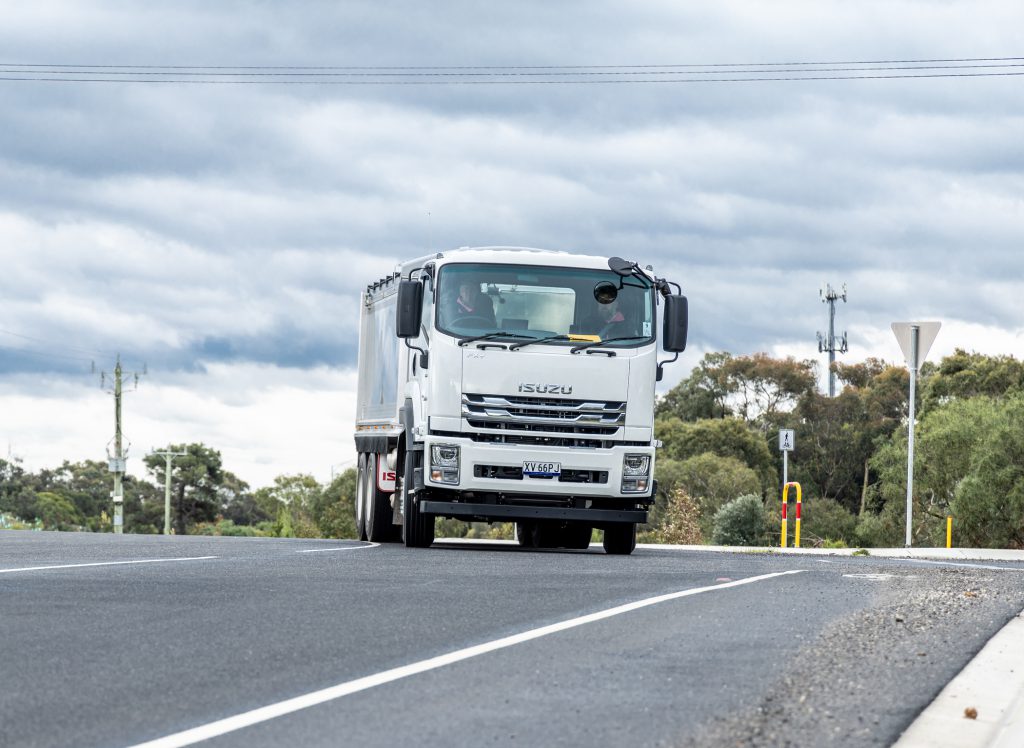
SAFETY STATE-BY-STATE: QUICK LINKS
The VicRoads website has an online road rules education quiz where you can test your knowledge and learn what's what in that state. There is also a list of tips for sharing the road with heavy vehicles users, based on Victoria’s road rules. Queensland's Department of Transport and Main Roads has a webpage explaining the areas where heavy vehicles are restricted. This can be important when planning your highway drive as a car driver if you are unfamiliar with sharing the road with trucks and heavy vehicles. Transport for New South Wales website has resources for sharing the road with heavy and oversized vehicles including a video with the example of how to safely drive with trucks escorting oversized loads for wind turbines. For people who aren't used to driving alongside oversized equipment, it can be a stressful experience, so forewarned is forearmed. The Department for Infrastructure and Transport of South Australia has a webpage called the Drivers Handbook that’s chock-full of info on sharing the road with trucks and heavy vehicles. Western Australia's Department of Transport has a webpage for heavy vehicle safety including speed limits for heavy-duty trucks, something car drivers should be aware of as it can affect your own speed when highway driving in Western Australia. The Northern Territory Driving and Transport department has a heavy vehicle theory test that includes load safety and road safety knowledge. Transport Tasmania has tips for navigating Tasmanian roads and sharing these spaces with trucks and heavy vehicles. For more safety tips check out our stay alert to stay alive blog series, with detailed ways to stay alert and safe while driving Australia’s highways.


The all-new Isuzu truck range is about to arrive.
Register your interest and we'll keep you in the loop with the latest updates.
Learn More

